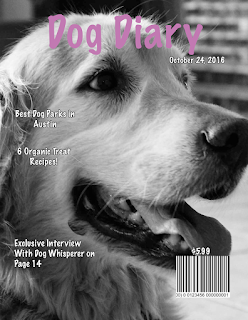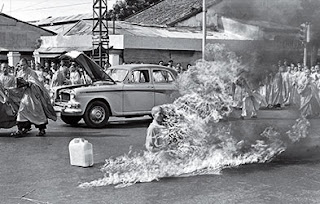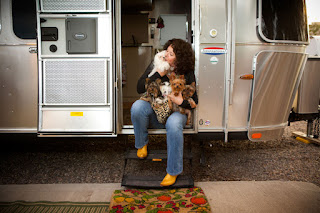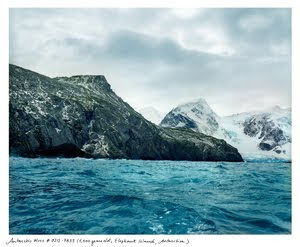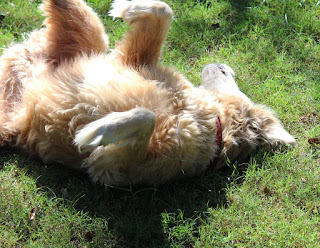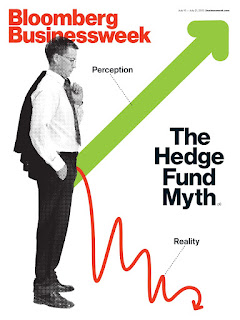extra credit
1. The man that was killed was a 58 year old man who had been pushed onto the track by a panhandler. The photographer was at the scene and used his flash to try to warn the conductor as he ran to the man. 2. The photographer took the photo in hopes that the train driver would seem the flash as he ran. 3. I don't think the photographer should have taken the photo. I think his instinct should have been to help the man, then think about taking photos. 4. I think the flash was a good effort to get the train to stop, but I think he should have at least tried to pull the man up. 5. I do believe that the point of the New York Post is to show news and what has happened and I agree that this is a very haunting photo, but it seems so insensitive to the man that died and his family. Imagine if that happened to someone you knew and then you seen that headline the next day. 6. The point of photojournalism is capturing what is happening. Trying to stop that man was not part of his job descr
